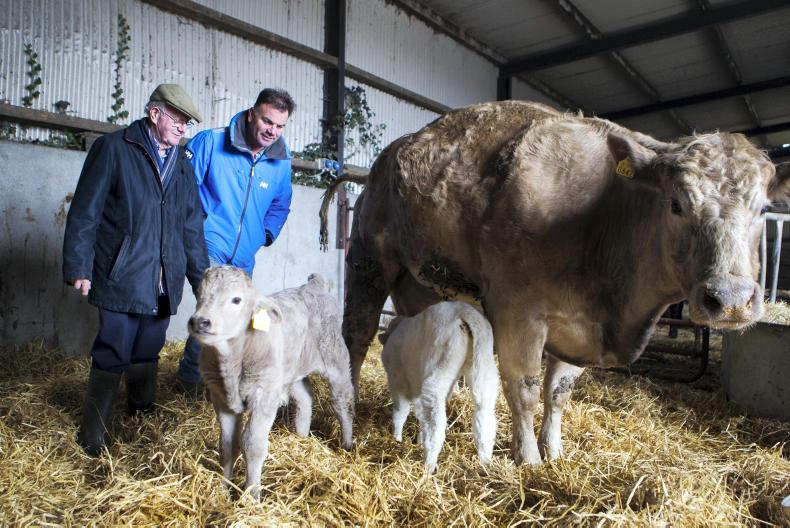Weighing:
Weighing animals on a beef farm can be a useful tool in making decisions. Labour and time issues are often given as reasons why more weighing is not carried out on farms. However, it can be helpful when assessing performance of stock and, more importantly, your management skills. If you weigh a group of weanlings this week and they have only gained 0.3kg/day over the winter, then you know that something went wrong and you can go about correcting it. If no weights are taken, the same thing could happen again next winter. Taking a turnout weight now will also help you assess grazing performance during the year. It is equally important in assessing cow performance in terms of calf weight gain.
September-born calves are now coming close to 200 days, an ideal age to get a picture of how good a job the cow has done on the calf. Cows with very light calves or poor performers can be culled. Inputting these weights on the ICBF database will also improve the accuracy of a cow’s index and increase the reliability, helping you make more informed breeding decisions in the future.
Weighing scales range in cost from approximately €1,000 to €1,300 and are a good investment for any beef farm. ICBF also provides a weighing service where a technician will come out to your farm and weigh the stock and input the data on the database. This service costs €1.25/head if you have 31 to 100 animals to weigh, plus a €60 call-out fee.
BDGP tags:
Farmers participating in the Beef Data and Genomics Programme (BDGP) have been receiving tags in the post over the past few weeks. I had a few calls about what happens if animals selected for genotyping have been sold or died on the farm since animals were selected. If this is the case, contact ICBF and let them know and new animals will be selected in place of these animals. To hit the 60% target, a certain number of animals each year need to be genotyped and if this target isn’t hit, there could be implications for payments.
It is also important to tag animals within 28 days of receiving tags and send back for analysis. Now is an ideal time to get this job done before turnout to avoid having to bring stock back in during the spring/summer.
Weather:
This week’s weather has again delayed turnout on many farms. Suckler farms which have started to calve in February are coming under pressure for housing space as more cows calve. It is very important that the young calf has a clean, dry bed.
After a week, you will get away with housing cows back on slats but calves will need access to a bedded creep area. Some farmers I have spoken to this week have bedded a centre pen in a slatted shed as a temporary measure until weather improves.
If cows have to be turned out, turn out the ones with the oldest calves, pick the most sheltered part of the farm and take precautions against tetany. Herd at least twice a day.






 This is a subscriber-only article
This is a subscriber-only article










SHARING OPTIONS: